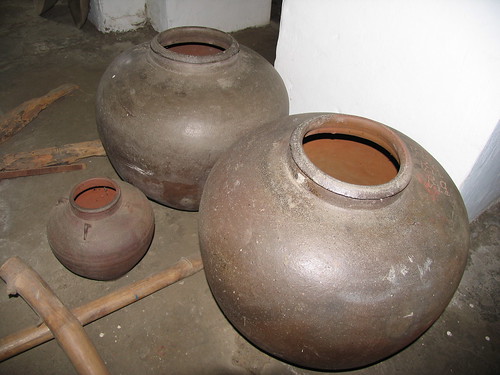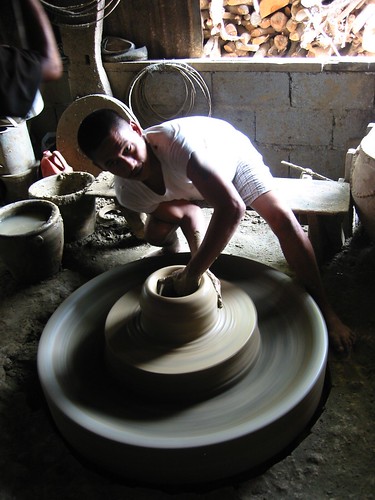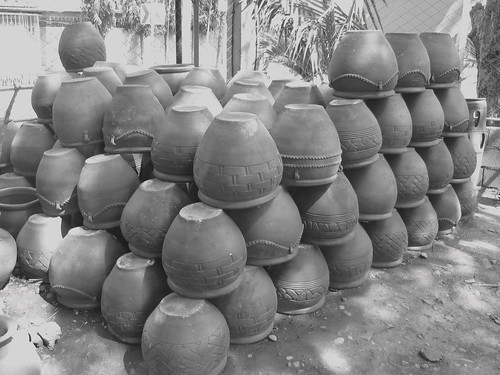Good Friday: the Siete Palabras
a Lenten Special
When I was growing up in the 80s, there was no cable TV at home to keep us company during the Holy Week. The state of solitude pervades most during Good Friday when regular free TV and FM radio would sign off. Being raised in a conservative Catholic household, we would not be allowed to go out either. Not there would be any open destination anyway as there were no malls yet and all commercial establishments would shut their doors during this holy day. The idea of spending the Holy Week outside of home was unheard of either, if not outright taboo.
What was left for us was join in the religious rites- the via crucis, the mass services, confession and the solemn processions. On Good Friday, the day that Jesus died on the cross, there too is the popular series of oratories of the Seven Last Words, or Siete Palabras in our vernacular, which is read in the leadup to 3PM. As kids, we were excused and did not have to go to church – Lent falls on the dead of summer in the Philippines so the heat and humidity can be unbearable – but our parents would have us tune in to the AM radio.
As an homage to the age old tradition of the Seven Last Words, here are photographic depictions of Christ’s crucifixion.
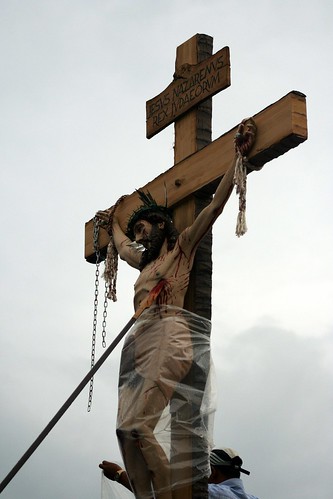
Bantayan, Cebu, the Philippines
I. Amahon Ko, pasayloa sila kay wala sila nakahibalo sa ilang gibuhat. Father forgive them, for they know not what they do (Luke 23:34)
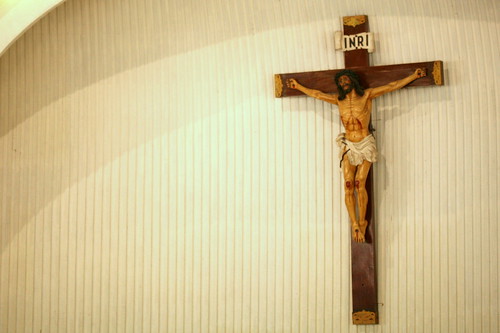
San Pedro Cathedral, Davao City, the Philippines
II. Karon, magauban ka Kanako sa Paraiso. Truly, I say to you, today you will be with me in paradise (Luke 23:43)

Museo San Pablo, St Paul's Cathedral, Vigan, Ilocos Sur
III. Babaye, ania ang imong anak. Anak, ania ang Imong inahan. Woman, behold your son: behold your mother (John 19:26-27)
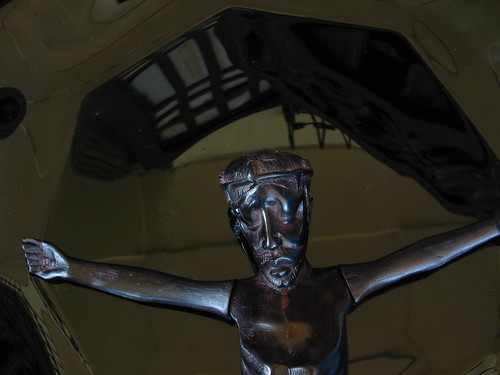
an ebony cross from Tanzania, at home in Lapu-Lapu City, Cebu, the Philippines
IV. Diyos Ko, Diyos Ko, Nganong gibiyaan mo Ako. Eli Eli lama sabachthani? ("My God, My God, why have you forsaken me?", Matthew 27:46 and Mark 15:34)
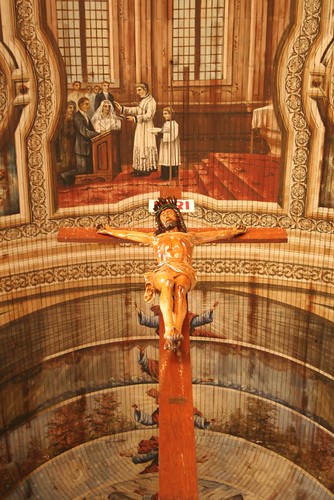
the Church of Nuestra Señora del Pilar, Sibonga, Cebu, the Philippines
V. Giuhaw Ako. I thirst (John 19:28)
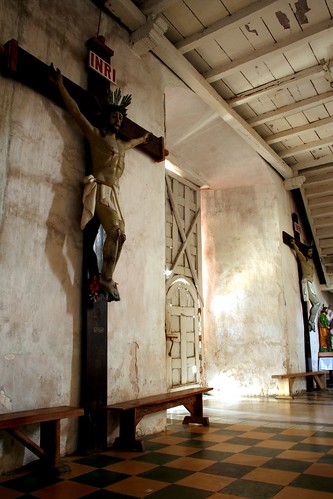
Nuestra Señora de Patrocinio de Maria Church, Boljoon, Cebu, the Philippines
VI. Nahuman na. It is finished (John 19:30)
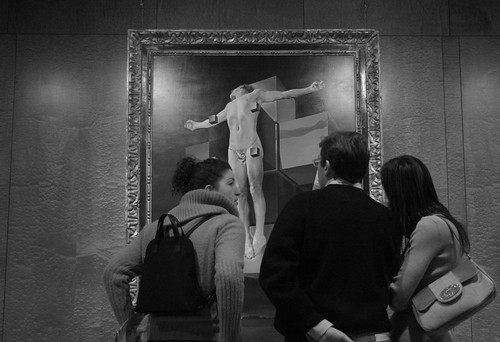
Salvador Dali's Crucifixion at the Metropolitan Museum of Art, uptown Manhattan, New York, the US
VII. Amahan Ko, sa Imong mga kamot, itugyan Ko ang Akong Kalag. Father, into your hands I commit my spirit (Luke 23:46)






